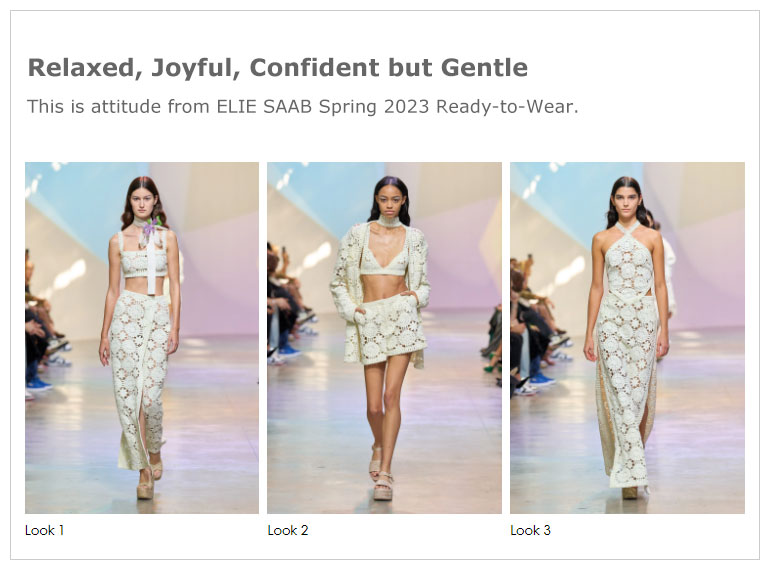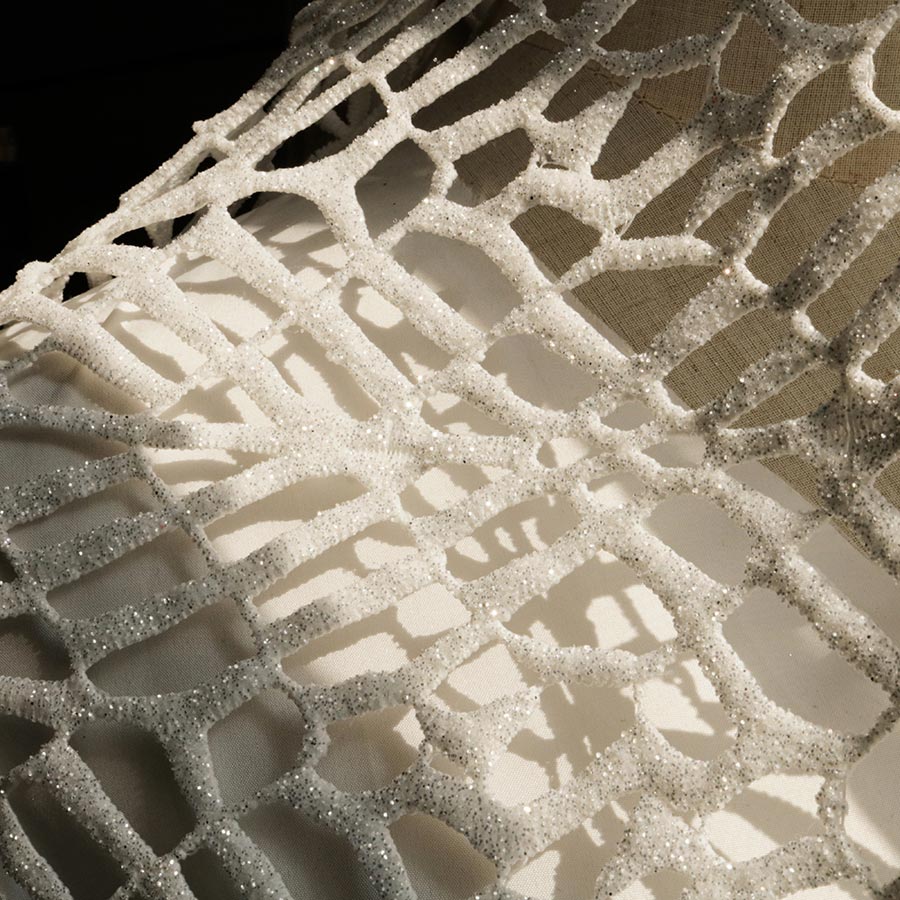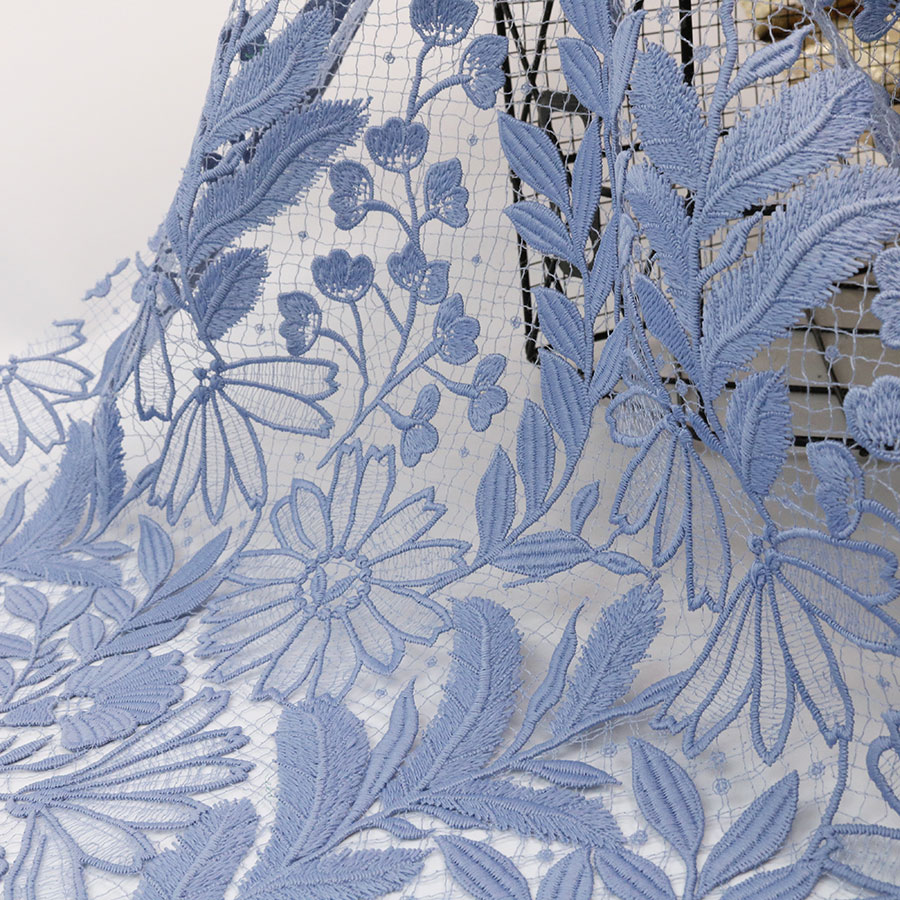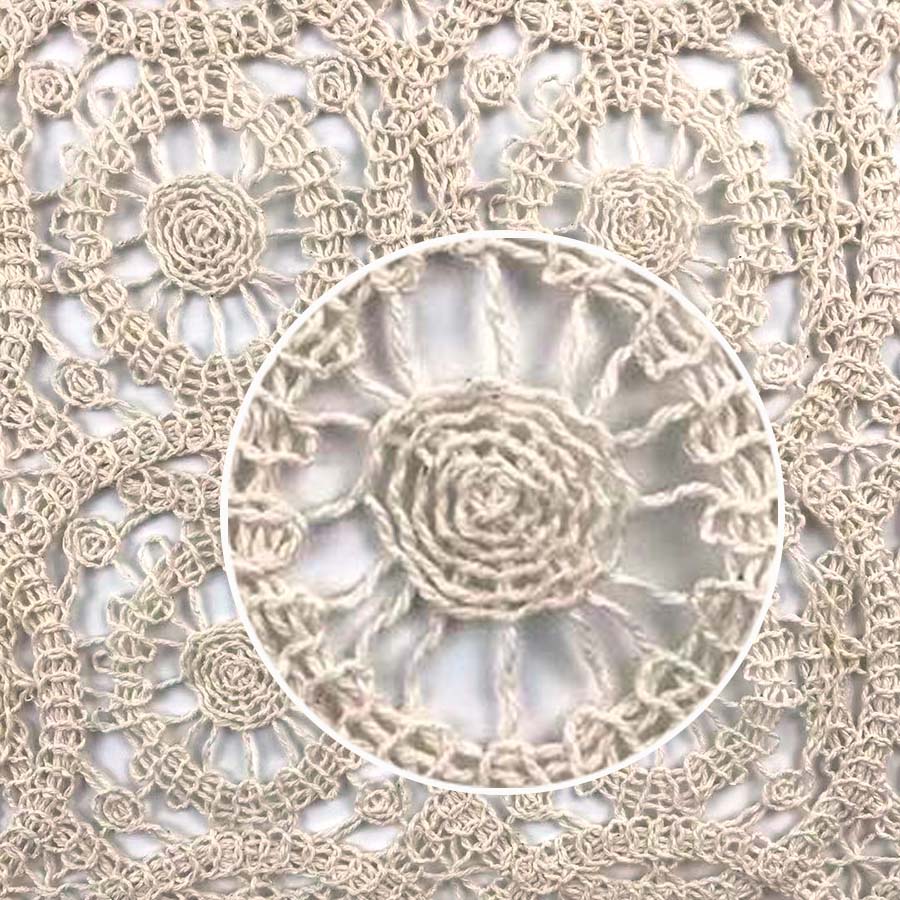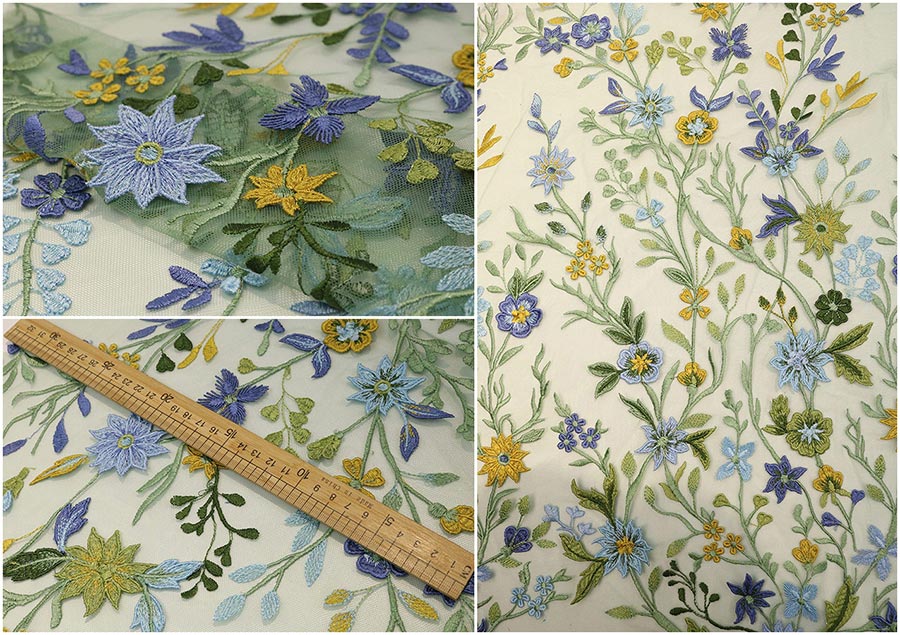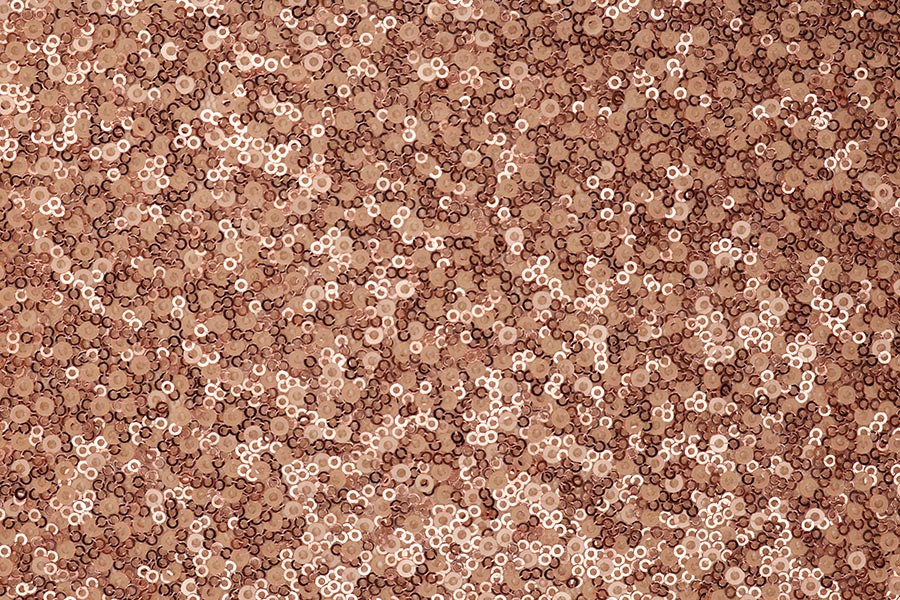The water-soluble guipure lace fabric is soft, light and breathable. The fabric itself has a sense of flow, which can better reflect the beauty of women’s curves. At the same time, it has high density, solid fabric, three-dimensional pattern and strong artistic sense. Women wear lace fabric clothing in summer to show more feminine elegance.
Water Soluble Guipure Lace Fabric Guide
Chemical lace is sometimes called Schiffli lace, water soluble lace, water soluble embroidered fabric, guipure lace, or burnt lace.
Guipure lace is a classic fabric that uses a computerized mechanical embroidery process. There are undulating patterns on the surface, the production process is complicated and time-consuming, and the fabric style is elegant and luxurious, which is deeply loved by women.
Chemical lace looks similar to ordinary lace fabric, but it is actually a bottomless machine embroidered fabric. This method of making embroidered fabrics is to embroider patterns on water-soluble paper. The water-soluble paper is a temporary embroidery base fabric. Once the embroidery process is completed, the embroidered fabric is immersed in a special solution, this kind of solution will not damage the embroidery yarn. Water-soluble paper decomposes after water-soluble treatment. Only the embroidered fabrics that are bottomless are left.
View More Items of Chemical Lace Fabrics from Manufacturing Supplier in China
In addition to the above water-soluble, in order to reduce production cost, also can use the temporary base fabric of embroidered fabric that suffers heat to melt sometimes, which can also be called hot-melt paper. That is, the embroidered fabric is heated to a certain temperature together, and the base fabric melts in the heat, leaving a complete embroidered fabric.
The guipure lace currently on the market is usually done on a computerized embroidery machine, which is very large and has multiple embroidery heads and is highly efficient in production.
The chemical lace produced by Naying Textile are available in many modern designs and patterns.
The structure of chemical lace makes it one of the most elegant choices for evening dresses, bridal gowns, blouses or accessories.
Water Soluble Paper
This is a must-use special fabric for water-soluble chemical lace ( guipure lace ), also known as water-soluble cloth or non-woven cloth. It is produced from plant fiber through various processes and is susceptible to moisture. It is easy to “shift” after being wet. During computerized machine embroidery, the embroidery stitches deviate from the design position, which will cause the embroidery object to fail to cover the bottom needle, drop thread, loose, deform and other quality problems. When the water-soluble cloth ( fabric ) is placed in water, and the water temperature is heated over 80°C, the water-soluble cloth or fabric will begin to dissolve in the water, so that only the pattern object embroidered on it will remain. This fabric is called water-soluble chemical lace, guipure lace, or water soluble embroidered fabric.
Common specification: 25 grams, 45 grams, 40 grams, 38 grams.
Hot Melt Film
Hot melt paper is other name of hot melt embroidery film. Roughly the same use as water soluble paper, are used as temporary embroidery base fabric, in order to ensure the quality of bottomless fabric or thin fabric in the process of embroidery, as far as possible to reduce wrinkles, damage, deformation, brush and other defects. Only the hot sol to be dissolved with heat, such as roller type hot press or iron can be.
This process has many advantages. Not only does it not affect the pattern but also plays the role of shaping and ironing, so that the flower shape is smooth and beautiful, without leaving any lining material. There are drawbacks to this process. If the embroidery object after dyeing treatment is wrapped needle or small needle step pressed, not by the heat completely dissolved, sol crumbs will be left to show.

